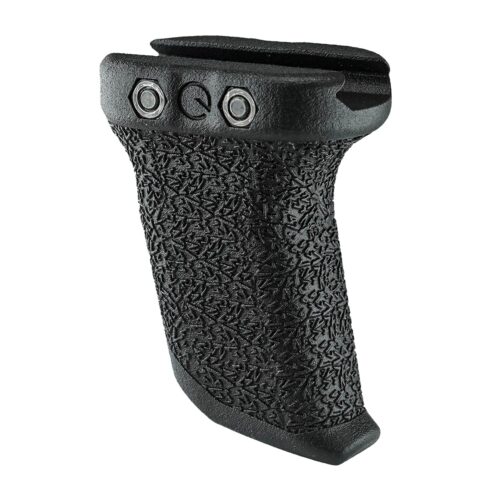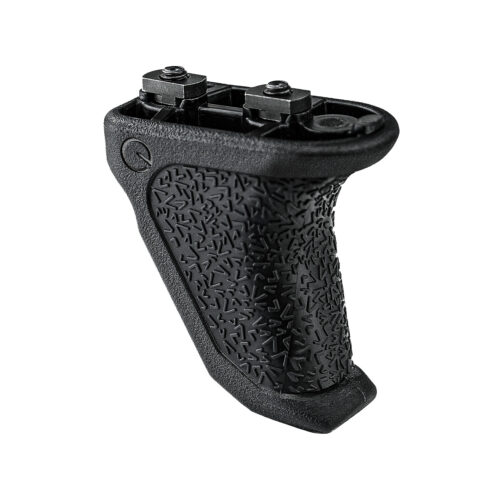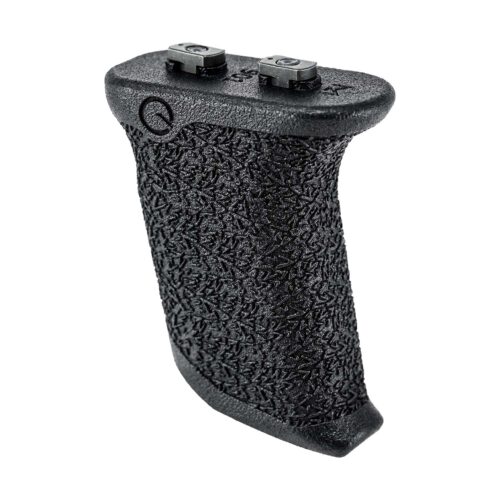NEWLY ADDED
-
 FN America 10.5" Barrel BB M16 Carbine Length Gas System - 5.56
FN America 10.5" Barrel BB M16 Carbine Length Gas System - 5.56
$299.00Original price was: $299.00.$279.00Current price is: $279.00. -
 Aero Precision Enhanced Carbine Buffer Kit for AR-10
$104.99 – $105.57
Aero Precision Enhanced Carbine Buffer Kit for AR-10
$104.99 – $105.57
-
 Daniel Defense DDM4 V7 LW Upper Receiver - 16"
Daniel Defense DDM4 V7 LW Upper Receiver - 16"
$1,263.00Original price was: $1,263.00.$1,213.35Current price is: $1,213.35. -
 Sons of Liberty Gun Works A5H2 Buffer Kit - Green Spring
$179.60
Sons of Liberty Gun Works A5H2 Buffer Kit - Green Spring
$179.60








